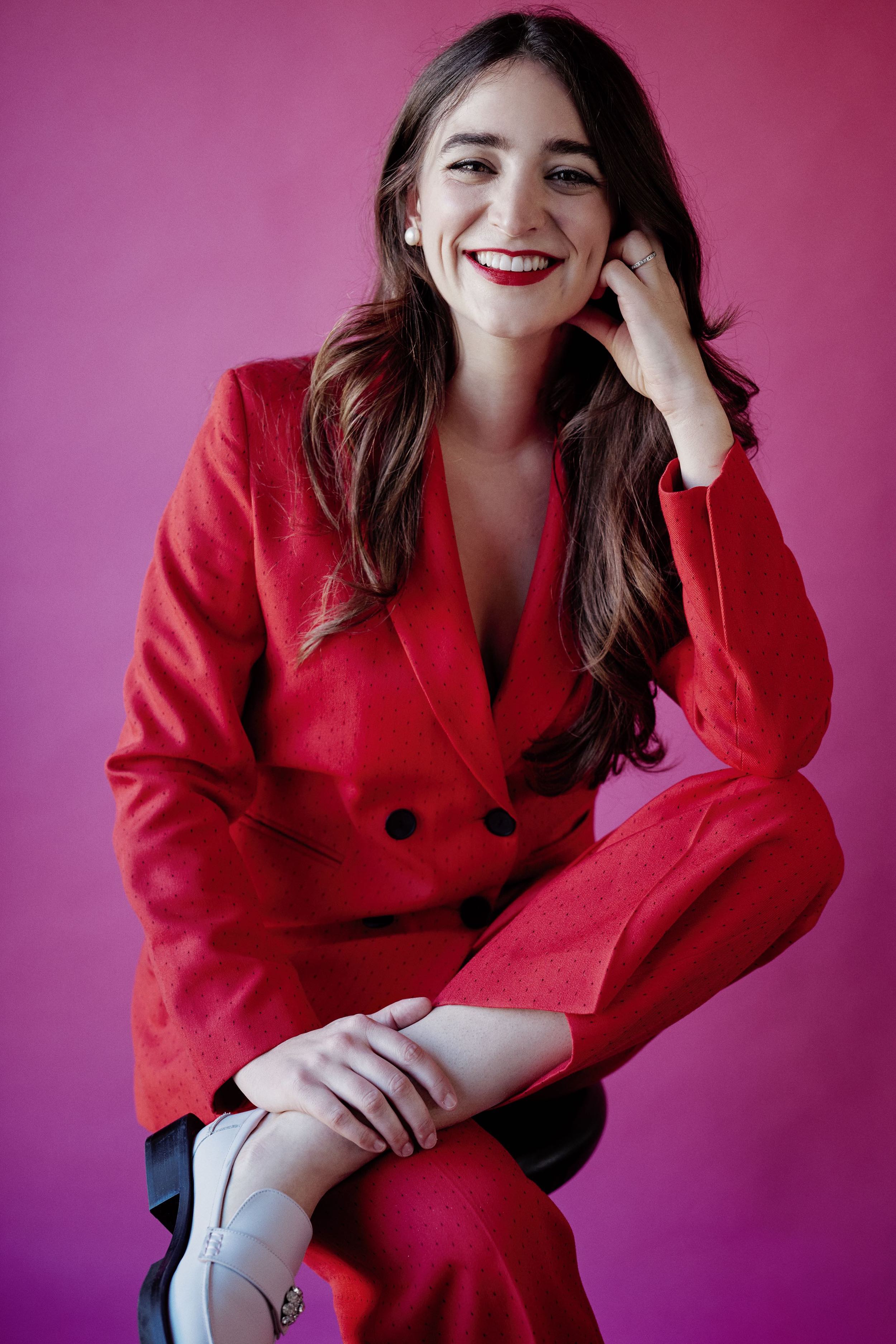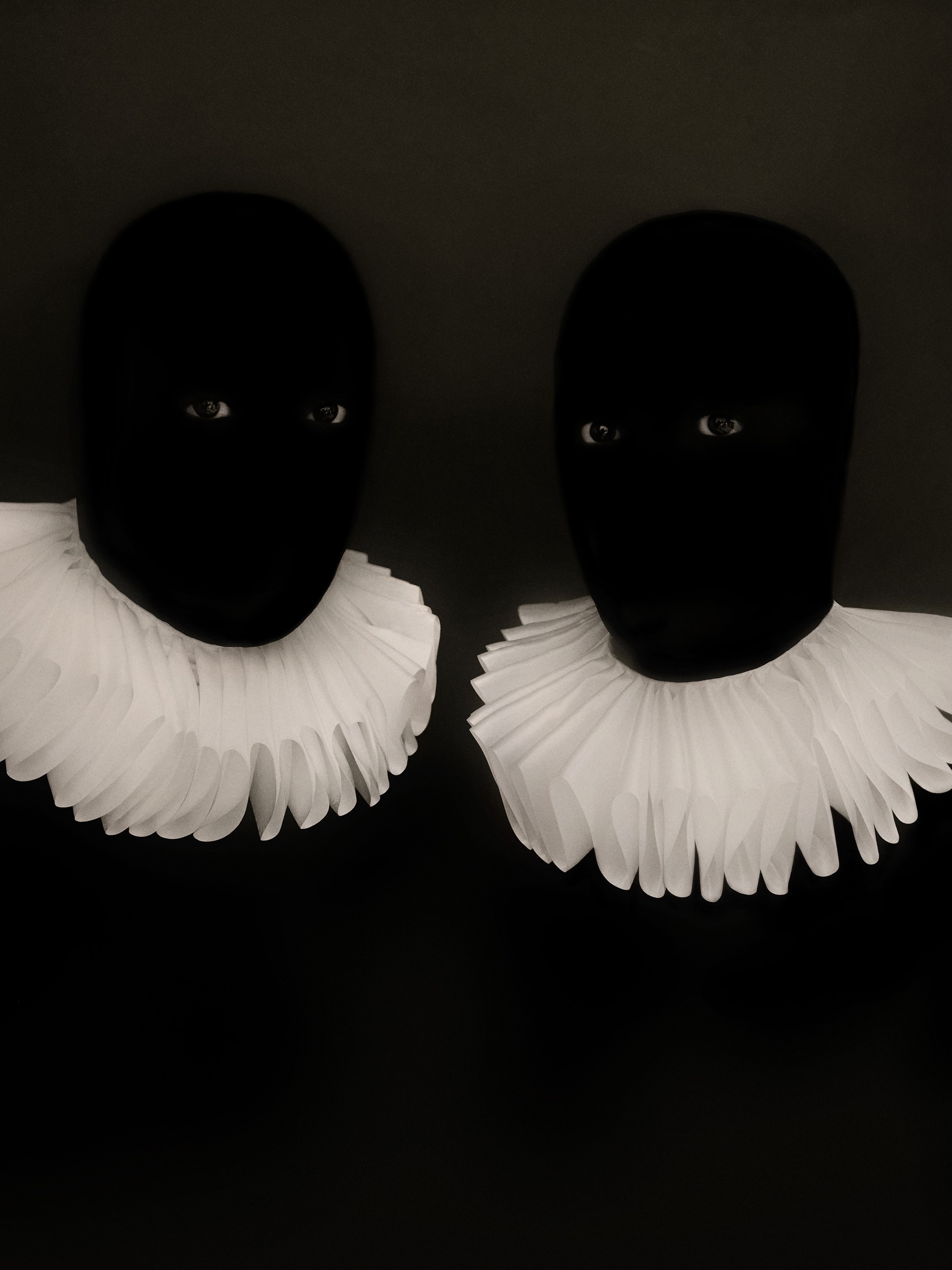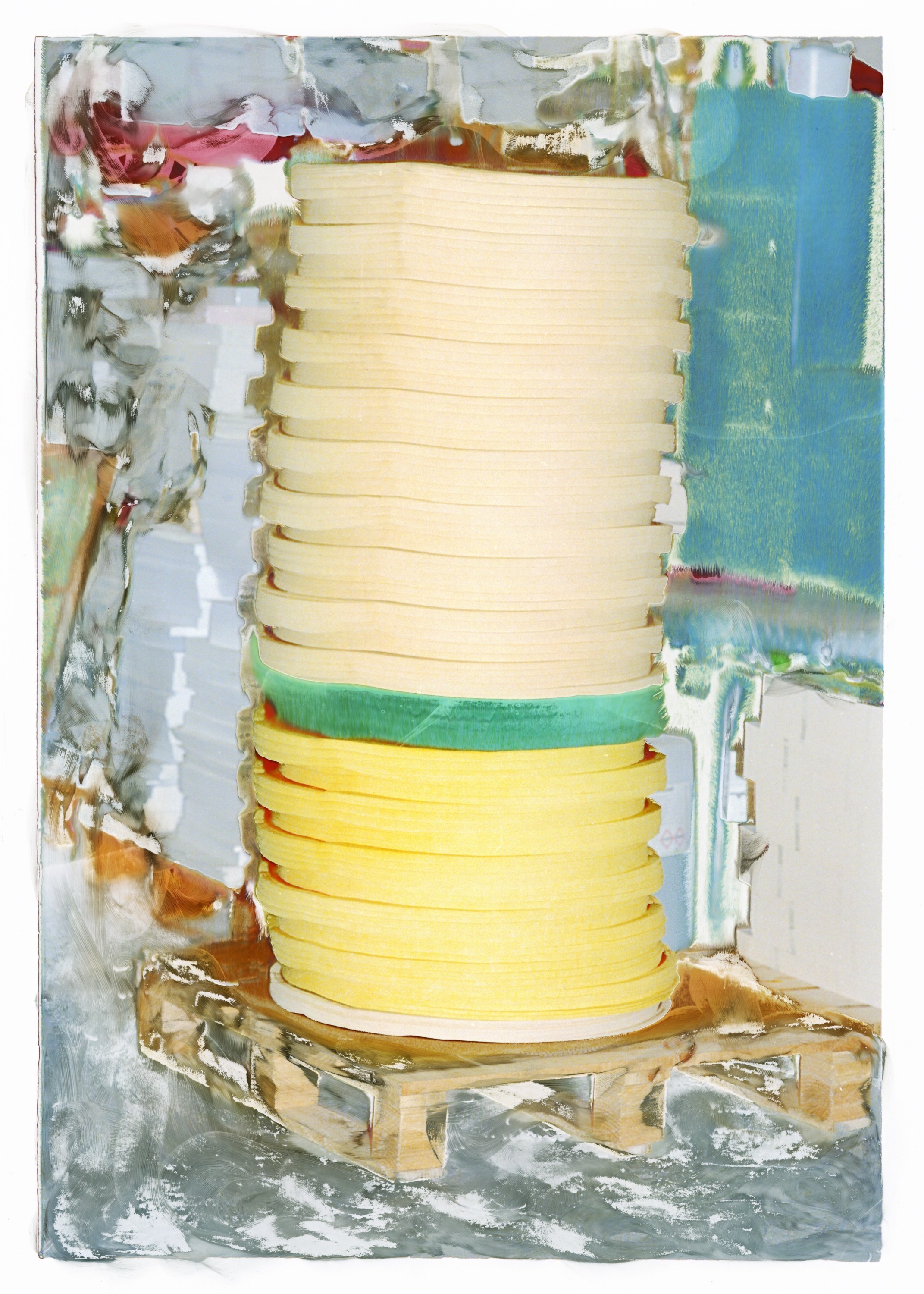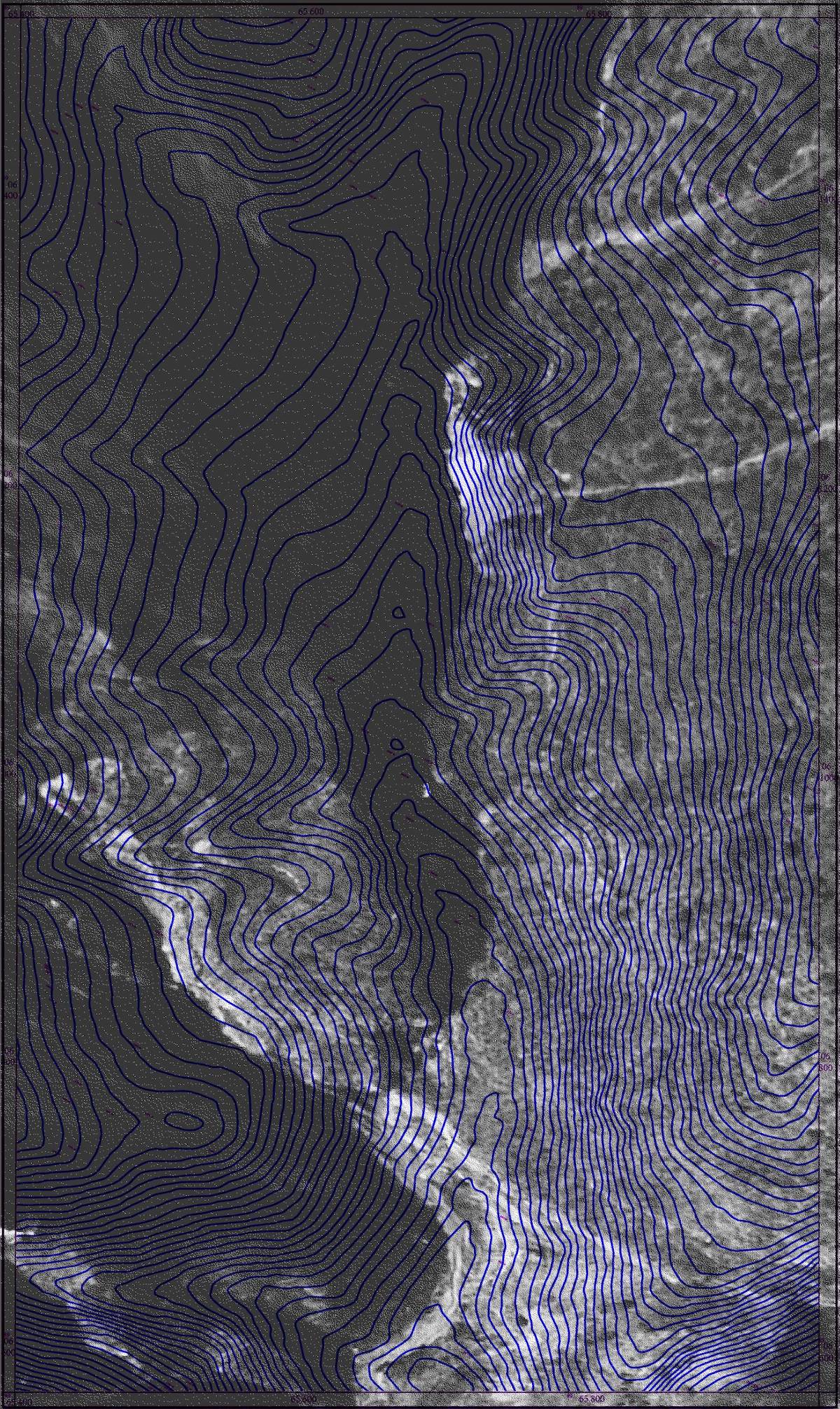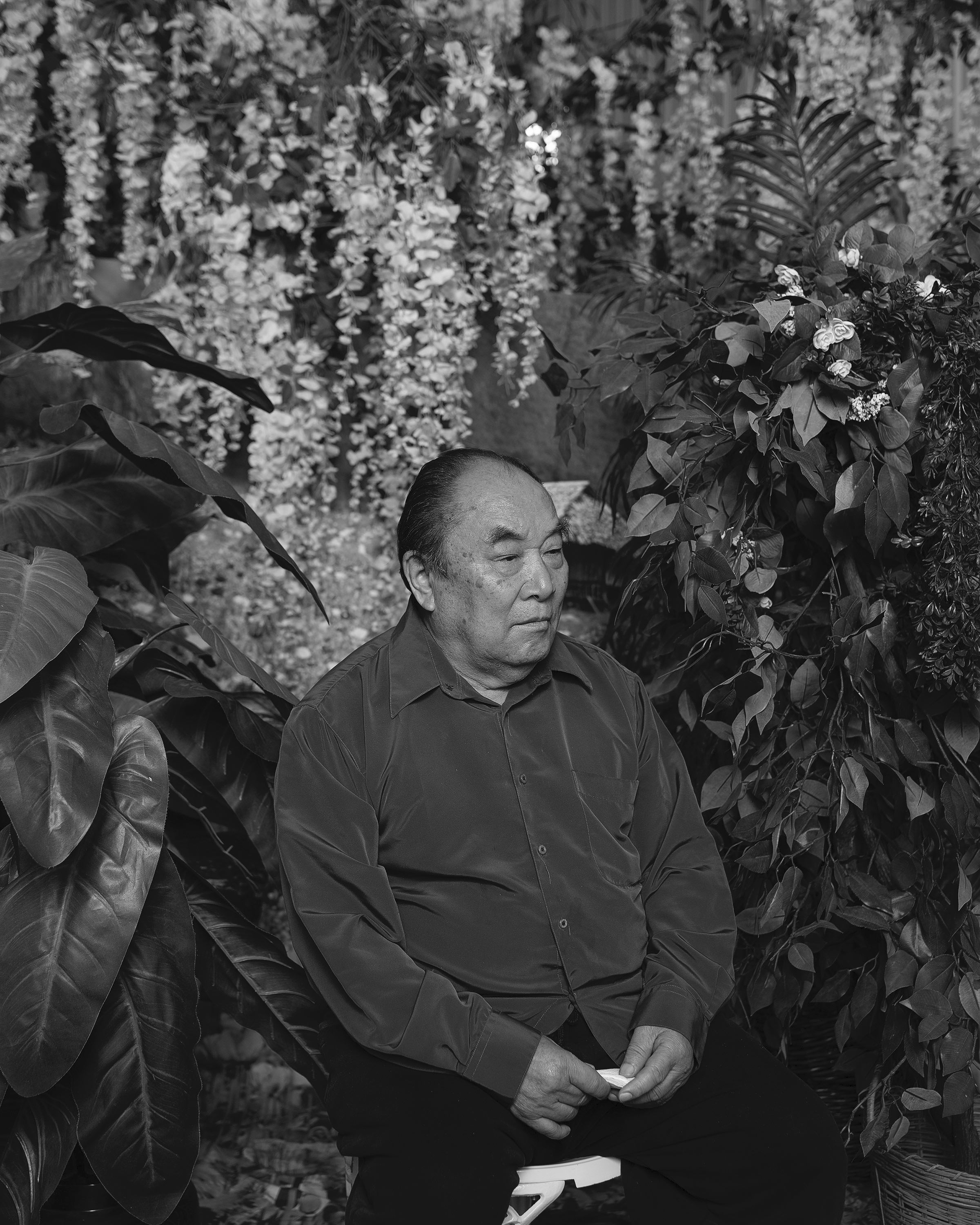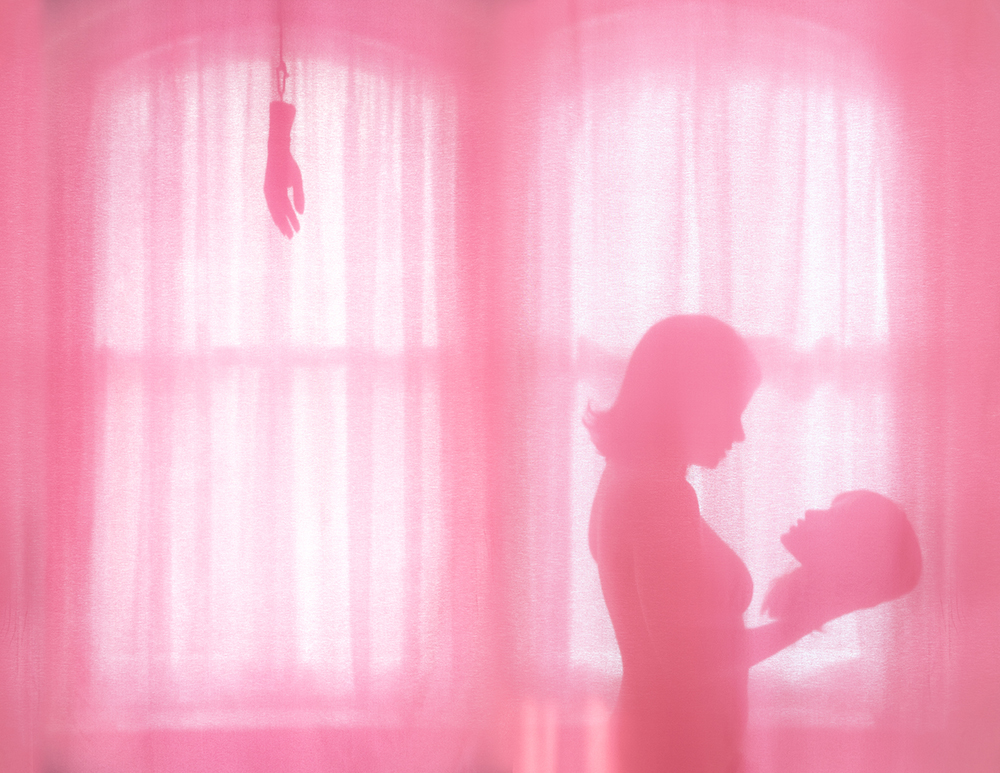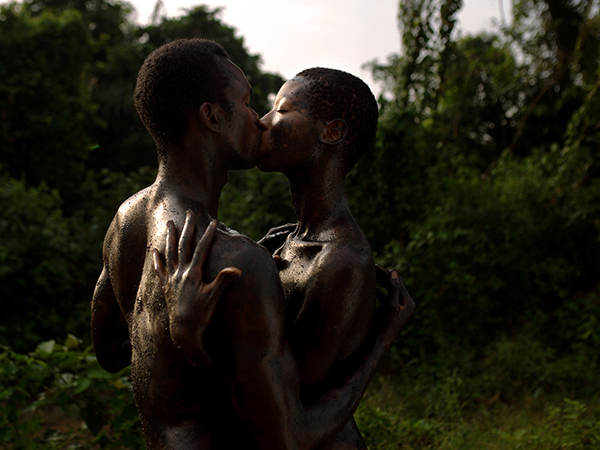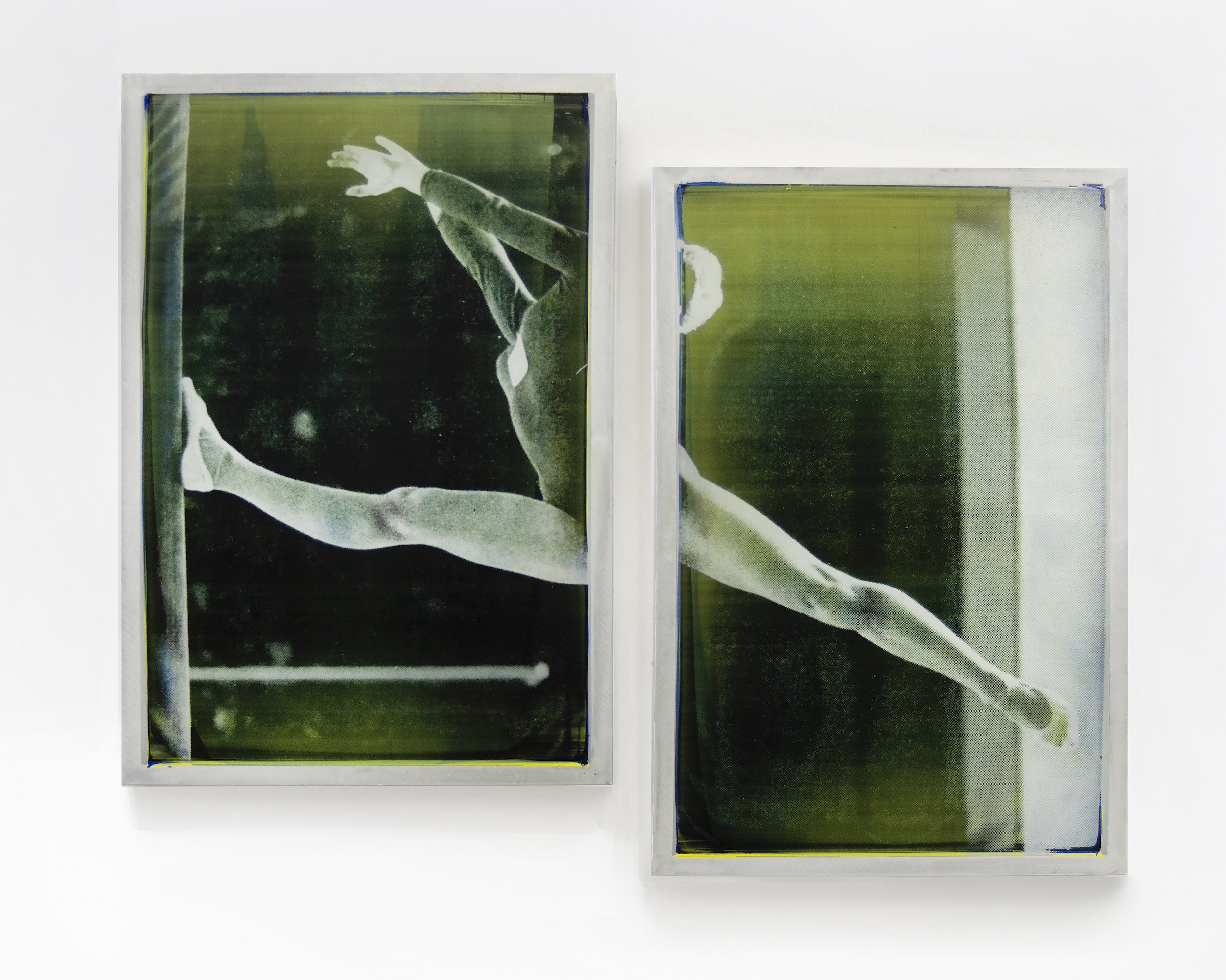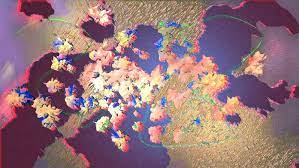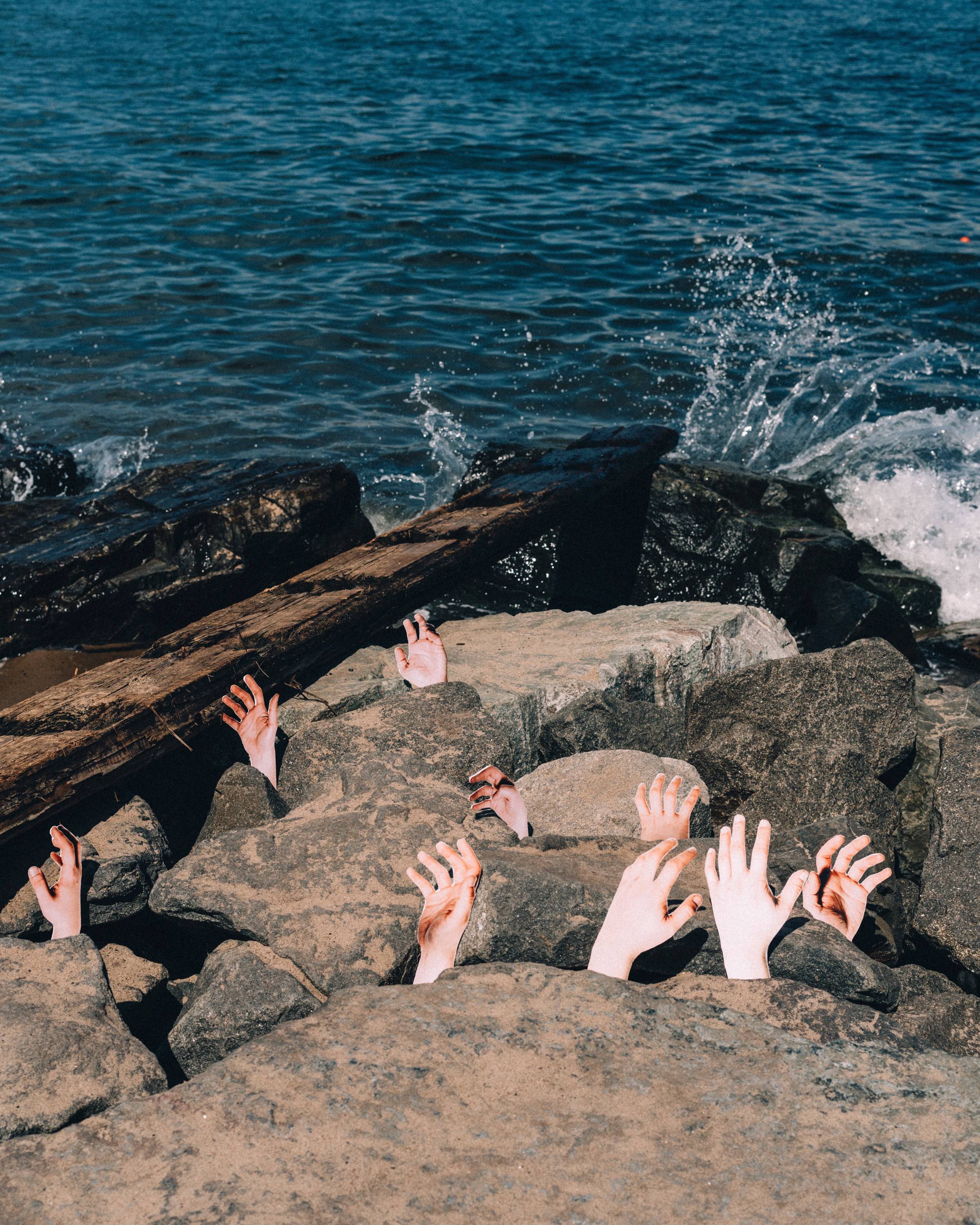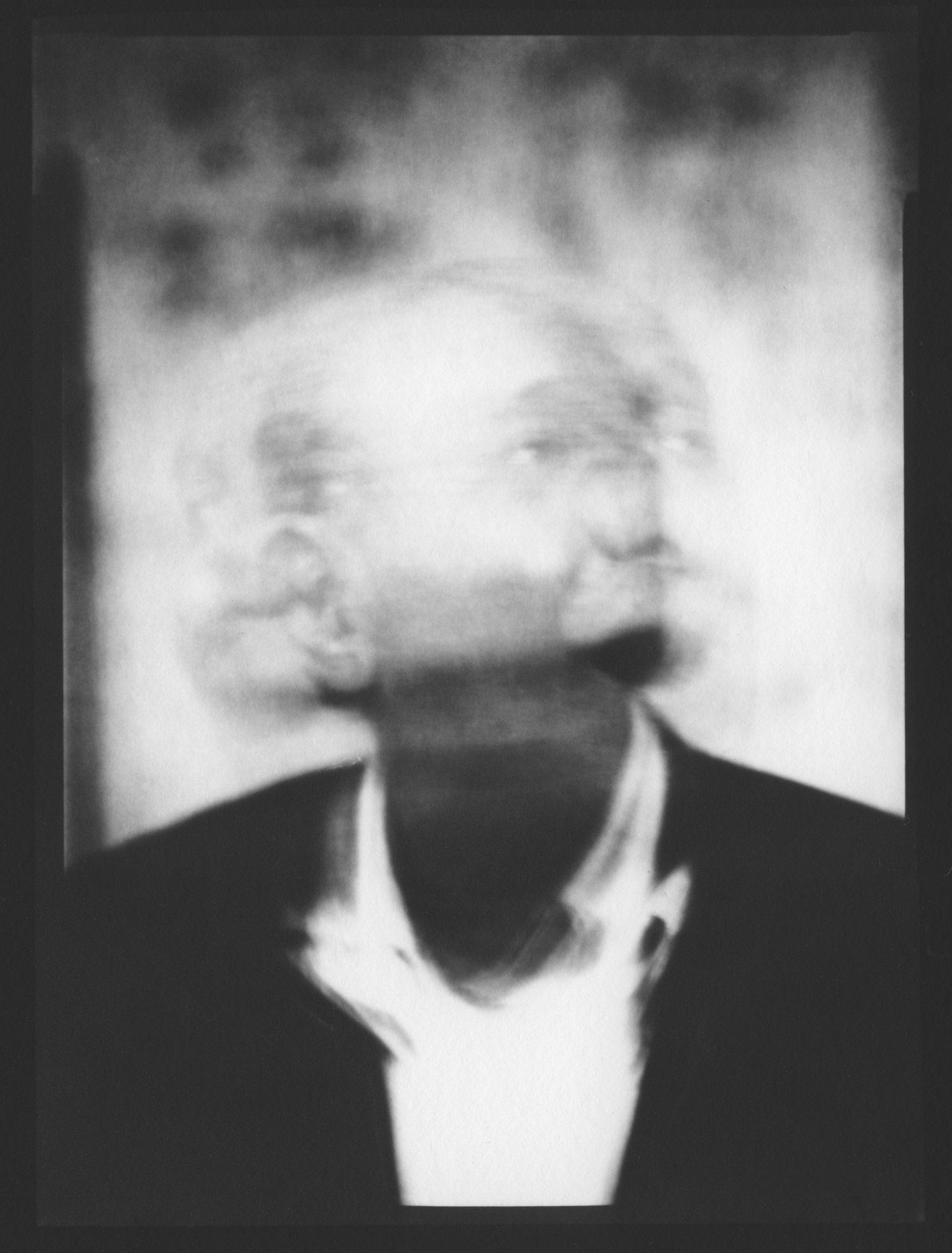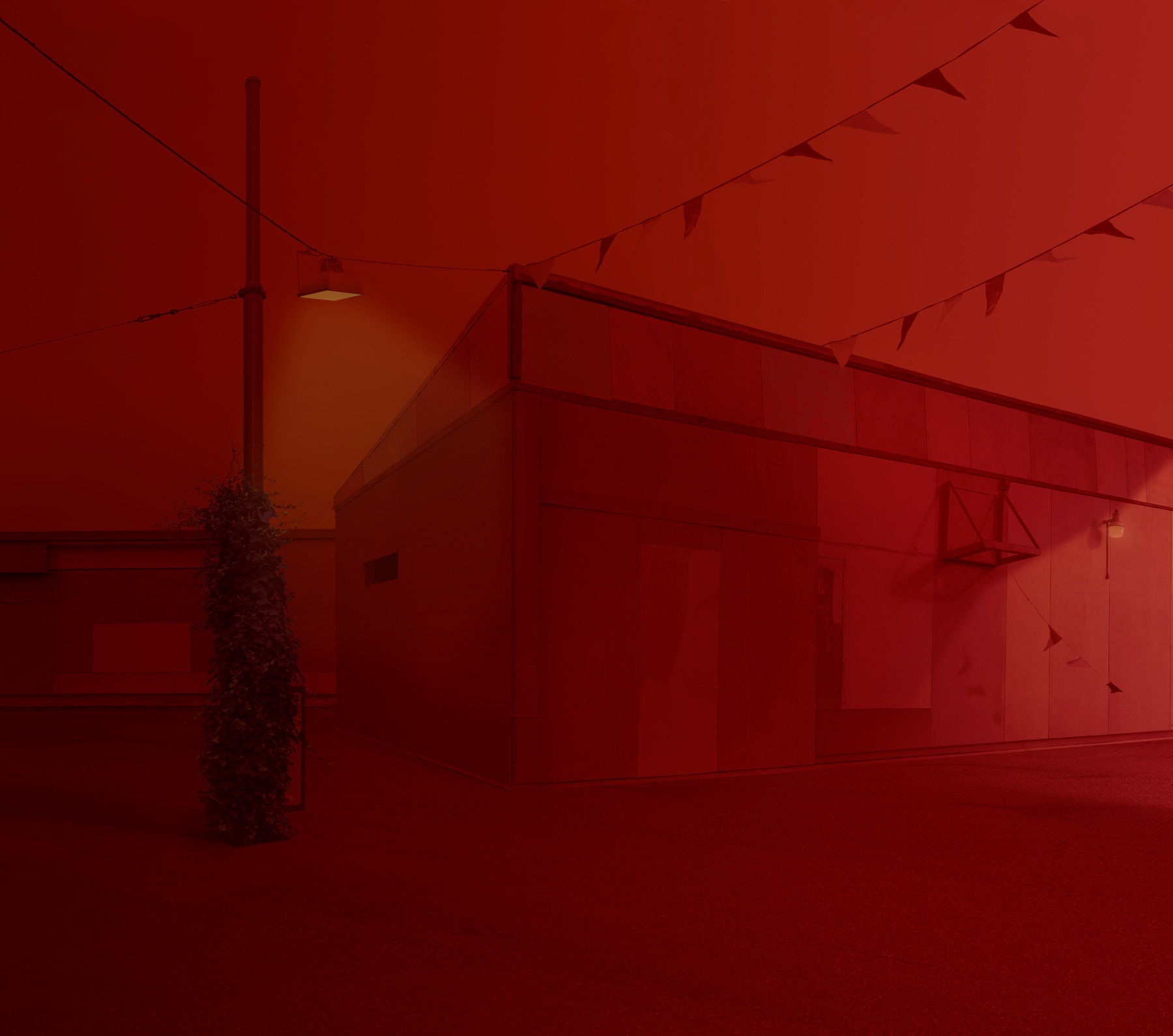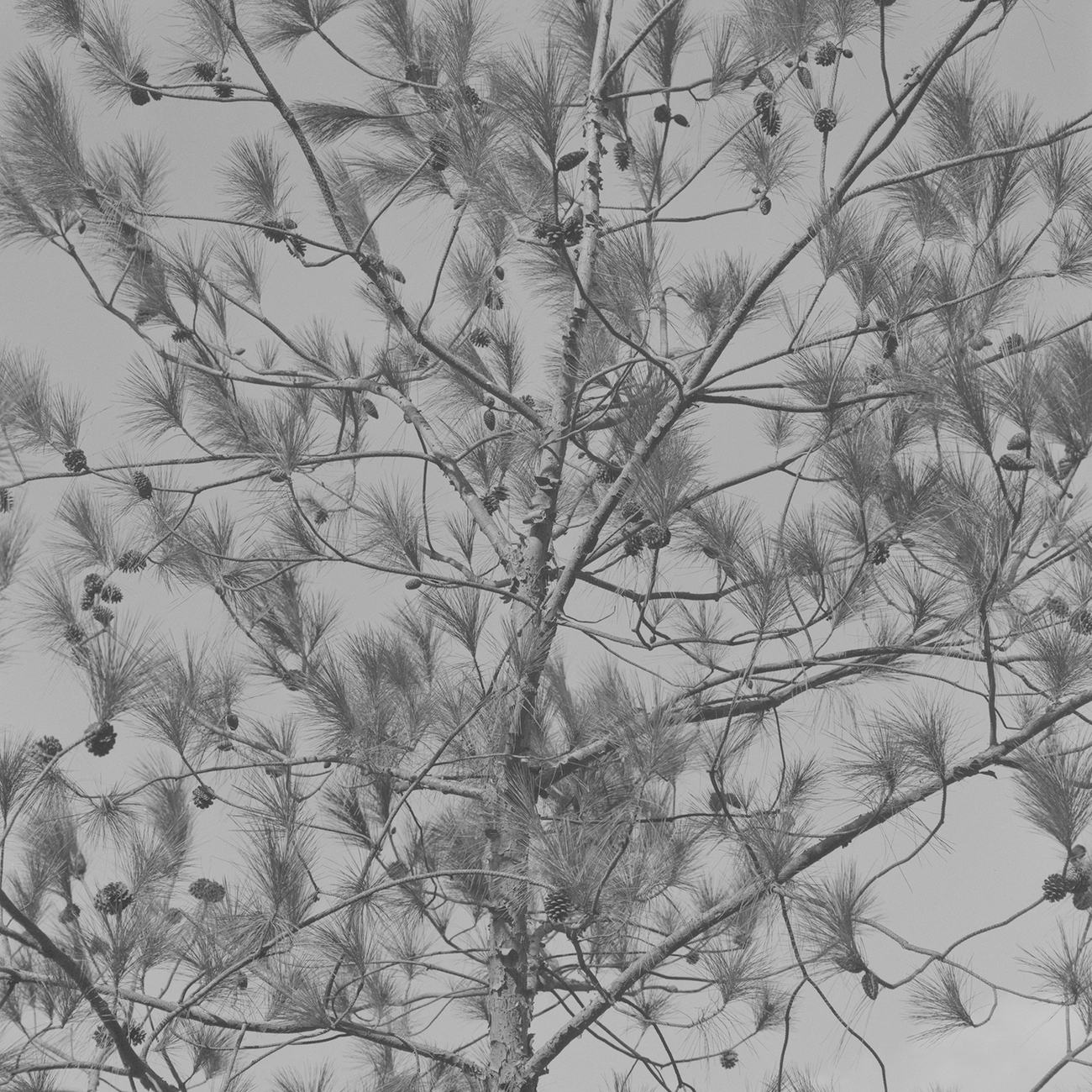Holly Roussell by Anoush Abrar.
Roussell shares her insights into this year’s curation, the importance of supporting emerging artists on the art market, and Paris Photo highlights
Every year, Paris Photo invites a guest curator to select the participants of the Curiosa Sector for emerging photography. This year’s selection is curated by Holly Roussell, a museologist and art historian specialising in photography and contemporary art from Asia. Roussell is a curator at UCCA Center for Contemporary Art in China. In 2021, she also became an artistic advisor for Fotografiska Shanghai. Earlier in 2022, Roussell joined the Museum of Modern and Contemporary Art in Seoul, South Korea as curatorial researcher in residence.
Celebrating the fifth edition of the Curiosa Sector this year – at the 25th Paris Photo – Roussell has selected 17 artists represented by 16 galleries. The sector is divided into three themes to guide the visitors’ viewing of the work.
In Contemporary Practices in Landscape Photography, you will find Taca Sui (Chambers Fine Art), David Uzochukwu (Galerie Number 8), Sabrina Ratté (Galerie Charlot), Pao Houa Her (Bockley Gallery), Matthieu Gafsou (Galerie C) and Chen Xiaoyi (A Thousand Plateaus Art Space, Chengdu). Sara Imloul (110 galerie), Tommy Kha (Vasli Souza), Juno Calypso (TJ Boulting), Silvia Rosi (NContemporary) and Elliot & Erick Jiménez (Spinello Projects) feature in Contemporary (Self)-Portraits. And, Jean-Vincent Simonet (Sentiment), Chen Wei (ShanghART), Anaïs Horn (MLZ Art Dep), Leigh Merrill (Liliana Bloch Gallery) and Jaya Pelupessy (Galerie Caroline O’Breen) come together in Experimental and Conceptual Approaches to Image Construction.
Roussell has taken a moment in her busy schedule to speak about her process and mission with this year’s Curiosa, her Paris Photo highlights, and plans for the future.
How did you decide the three themes of the Curiosa sector?
I felt a certain responsibility with this position, and approached the project by asking, which artists have enduring practice, but have not yet had significant access to the art market? Which artists don’t have a significant presence in France? These questions were irrespective of genre of style of photography. It’s been my hope to organise a space for discovery of photographic artists with persisting practices to have the chance to develop their careers in a new way and share their ideas with the Parisian public. This is fully representative of my approach to curatorial work and collaboration – a global approach that focuses on the individual and provides support to mainstream their work.
The themes came rather organically. First, I began by looking at the projects received to see what they were telling me about contemporary practice and what the artists were interested in. I believe in this context it’s important to let the photography lead.
They serve as a point of access to the visitor. Photographs contain layers of meaning, and choosing to highlight one of them by slotting it into a particular theme does not negate an alternative reading; it is rather one proposition, and not without an element of provocation. They are guides to viewing the works. Rooting the parcours in traditional genres of photography, such as landscape, portraiture, and, say, experimental processes, helps to provide reference points for the visitors and collectors. Understanding the history of portraiture, for example, creates an access point to what the emerging artists are doing today. When I chose a number of works that were portraits, what emerged from the selection was a shared, highly autobiographical nature. In the case of Juno Calypso and Silvia Rosi – they’re taking photographs of themselves, however it goes further. Calypso takes a half-autobiographical, half-fantastical approach, and Rosi shoots in the aesthetic of the West-African portrait tradition series of works inspired by her family’s migration from Togo to Italy. In Elliot & Erik Jiménez’s work, their portraiture tells a personal story, but most often without placing them in the image. The twin brothers, of Cuban heritage, found stability and hope in their adolescence through a hybrid Yoruban-Catholic religion called Lucumí, and the jewel-toned large-format photographs presented in Curiosa are portraits of models and friends embodying saints and deities of this religion – an alternative history where obscurity and mysticism become manifestations of power.
When did you begin conceptualising the exhibition?
Around March or April. By July we had the final selection of artists, and the curatorial process developed in the following months.
Why is it important to give a dedicated space and visibility to emerging artists at a fair like this?
Paris Photo is one of the major events in the photography industry, and for me, the most international. Supporting the ecosystem is incredibly important. With the Curiosa sector, in some ways, the fair is supporting galleries who are supporting artists, so that they can access the fair for the first time. We don’t often talk about the financial implications of such events, but this is also important to mention. The sector provides increased visibility and a lower entry level price for the booth. This way, artists who are perhaps not yet selling their work at a high enough price-point, or who are emerging on the market and may not be shown in the main sector context (because of the various costs and risks implied) can benefit from a solo show. It’s important to make space for artists who are emerging, not just in festivals and in awards, but on the market as well. For me, the statement Curiosa is making is, don’t only bring your blue-chip artists, we want galleries also to continue nourishing younger talents. This is truly a fair aiming to welcome the highest level of photography in all its forms, and at all its stages.
Giving a dedicated space for other people to be able to join the market, and for collectors and institutions to discover those individuals is crucial. It’s a process.
How can we support the artists after Paris Photo?
I always leave room for collaboration. It’s about finding the right opportunities along the way that can provide a spotlight for someone. I’ve followed Chen Xiaoyi since she won China’s Three Shadows Award in 2014, for example, and thought it would be an amazing opportunity to show her work here. I hope the fair will provide the artists participating in the Curiosa sector many new contacts in our industry — and I would be very happy to work with any of them again in the future should we find the right framework.
If you could sum up the experience of curating Curiosa this year in three words, what would they be?
I like the word ‘collaborative’. It may not be obvious, but it was definitely how this process was for me. I worked closely with Paris Photo’s team, with each gallery and with the artists. It was ‘disruptive’, given my approach to what emerging artists are [see next question]. And, I suppose, ‘exciting’. How often does one have the honour to curate a sector for Paris Photo’s 25th anniversary year!
How do you define the idea of ‘emerging’?
I grew up in the United States, but I’ve lived between Switzerland and China for the last 12 years. I am constantly between spaces where artists that are considered very established in one, and are emerging in the other. It can be advantageous when a ‘well-established’ artist coming from China, like Chen Wei, is considered emerging in France. But it gets complicated, when someone who’s had 10 or 15 years of serious work is considered ‘young’ or not at the same level because they come from a different region or from a rural area. Curiosa has been, in my curation, an opportunity to provide a platform to individuals that have an enduring and meaningful practice who have perhaps not yet received the recognition the work merits.
Using social media, artists can share their work without having physical shows. We see the same names popping up all over the place, but seeing the name and recognising a photograph doesn’t necessarily equate to the artist making a living and surviving from their work. I think the trend of “emerging” can be very dangerous. We have this obsession with constantly “discovering” new artists. It’s of course important to give opportunities to individuals that haven’t had them yet — to spotlight them. But, it can be a double-edged sword because we may be neglecting those who have had the fortune of having good press for one exhibition, yet we don’t follow them with support as their career develops.
What events will you be visiting outside of Paris Photo, while you are in the city?
I’d love to see Flip His Eyes: Around arte povera 1960 – 1975: photography, film and video at Jeu de Paume. And, Jan Groover. Shapes laboratory at the Henri Cartier-Bresson Foundation. There’s a new bookstore called Inapercu opening this week. I’d also like to go to the Centre Pompidou to see the Alice Neel exhibition. At Pompidou, there is also a temporary hanging of Ma Desheng’s wood-block prints, he is one of the co-founders of the Stars, a pioneering coterie artist group based in Beijing at the origins of Chinese contemporary art in the late 1970s. Otherwise, I hope I’ll get to go have a beer at Polycopies with some of my publisher friends and artists.
Where will you be toasting your success, perhaps with a glass of champagne, this weekend?
Where won’t I be drinking champagne! Just kidding…
Do you have any top tips for someone visiting Paris Photo for the first time?
So many! Don’t underestimate the time it takes to do everything – give yourself one full day at the fair. Make sure you look at the Aperture PhotoBook Awards shortlist. I always like to spend time doing that. Then give yourself other days to visit the “off “events. Polycopies is not to be missed. There’s Approches. There’s PhotoSaintGermain. Museum exhibitions. When Paris Photo happens, it nourishes the community. It’s important to remember that there’s a lot of fantastic things happening in the city at the same time.
Congratulations on your curatorial research residency at the Museum of Modern Contemporary Art in Seoul. What will you be working on?
For my residency, I proposed a research topic to look at early Korean photography in the period post-war, and pre-olympics. I was particularly interested in, what they consider, very experimental photographic practices in the 1980s and 1990s.
My research is open-ended but it’s looking at Korean artists like Koo Bohnchang, Hwang Gyu Tae, Kim Daesoo etc. They were some of the first experimental photographers that travelled outside Korea, and then came back to live and made work during this period. I wanted to understand the context around the works produced in the 1980s and why this type of work seems to disappear from the record abruptly afterwards. It’s the subject of a lot of conversation in Korea; there’s a big divide between ‘making’ and ‘taking’ photography.
I aim, in collaboration with the artists, to provide a fresh view of this moment in Korean photographic history and hope we can contextualise their innovations within the broader history of the period — an interesting time for art around the world.
Merci beaucoup!
Paris Photo runs from 10 to 13 November 2022 at the Grand Palais Éphémère.

